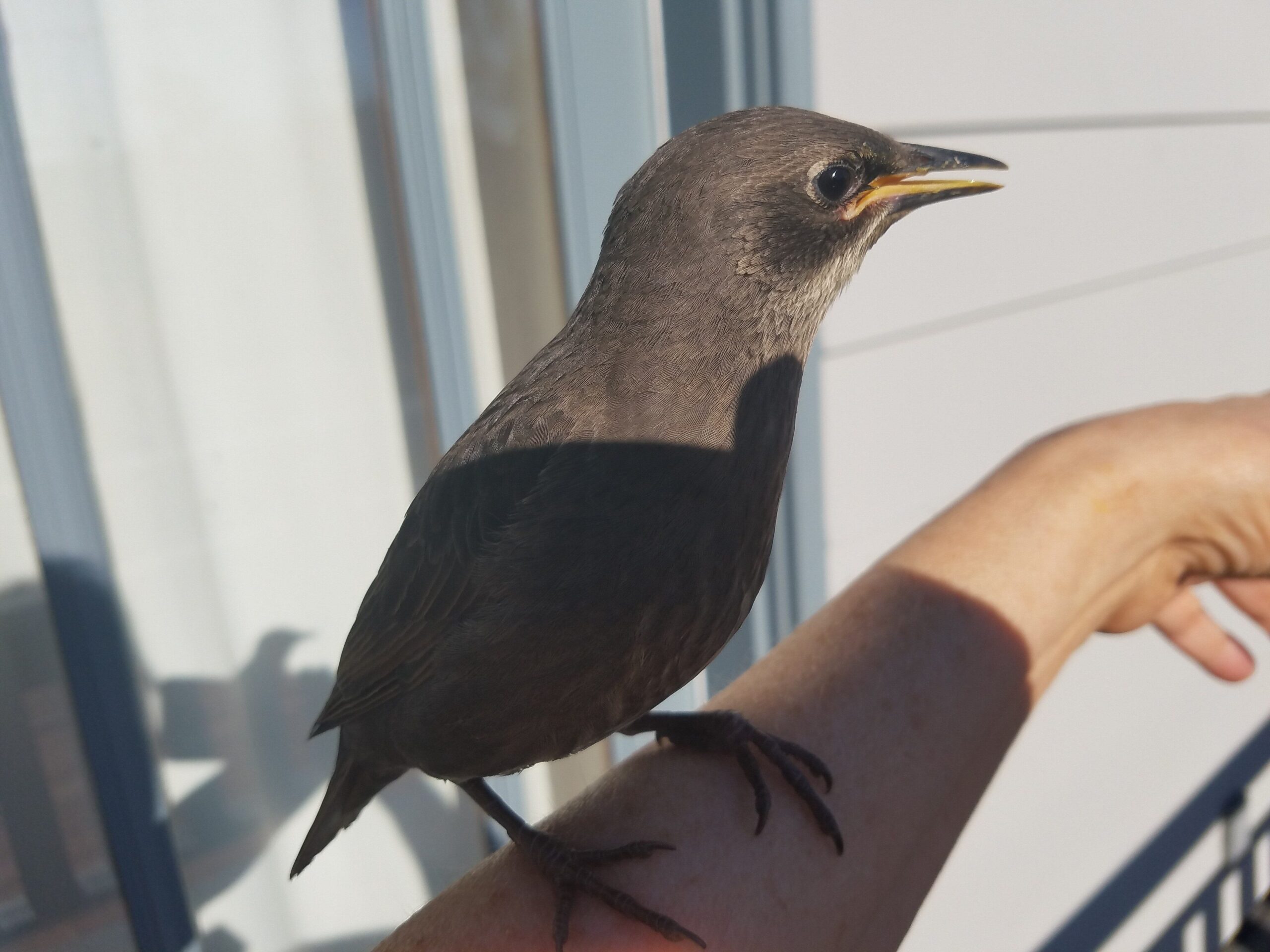 This time of year, summer is ending, fall beginning, and even if it has been decades, we remember the bittersweet excitement of returning to school. Nature is transitioning, we are transitioning. Change is in the still, hot air. When we pause and deepen our awareness, we learn to feel the change of season in our bodies. In Southern California, where Easterners are fond of reminding us there are no seasons, our senses know differently. The garden is gradually changing. We are aware of a softer natural light in the yoga studio. Indian summer heat forces us to slow down, reflect, observe. The shadow of the Japanese Maple plays in a new place on the wall. Fall takes its place as the transition between Summer and Winter. How does the change in season affect the rhythms of our yoga practice?
This time of year, summer is ending, fall beginning, and even if it has been decades, we remember the bittersweet excitement of returning to school. Nature is transitioning, we are transitioning. Change is in the still, hot air. When we pause and deepen our awareness, we learn to feel the change of season in our bodies. In Southern California, where Easterners are fond of reminding us there are no seasons, our senses know differently. The garden is gradually changing. We are aware of a softer natural light in the yoga studio. Indian summer heat forces us to slow down, reflect, observe. The shadow of the Japanese Maple plays in a new place on the wall. Fall takes its place as the transition between Summer and Winter. How does the change in season affect the rhythms of our yoga practice?
In our yoga practice, we take our cues from the nature of the garden. We tend to think of transitions in nature as events like the changing of the seasons. Profound changes in nature affect us daily, the transition from night to dawn: We think of human transitions as life cycle events, births or that first day of school. Transitions frame our daily activities. We begin our day, mostly without a thought of what is occurring in our bodies. Looking at that transition, we notice a routine, a mindful rhythm that introduces us to the fullness of our day; a cup of tea or coffee, a moment of quiet.
Fundamentally, yoga is about union. Union between our bodies, minds and spirits; union between ourselves and our the space around us. In the most physical way, what frames our yoga practice; we take our seat on the mat, center ourselves and turn toward a deeper awareness of our breath. When we chant the sound of OM, that ritual is a graceful transition to the time we set aside for our yoga (asana) practice, in classes big or small, on line, or alone. Those of us practicing some form of Hatha Yoga, are probably moving through a combination of Sun Salutations, standing and seated poses, twists, bends, maybe inversions. It might be twenty minutes long or two hours long, practicing with the belief that we are moving our bodies in the most life-enhancing way possible. We make mistakes, we laugh, we learn and sometimes we cry. No matter what the asanas look like, before we finish, we honor our time on the mat by taking Savasana, or corpse pose. We lie on our backs, minds quiet, hearts open, vulnerable, supported by the earth. We give ourselves this gift of sweet stillness so that we can transition back to the rest of our day with grace, with the knowledge that we are an integral part of this natural world, that its rhythms are our rhythms.
So when you next step onto your mat, honor your practice by being mindful of the structure by marking the transitions. Sit comfortably before you begin to move. Complete your practice with a true Savasana. The time you set aside for your yoga practice is sacred time; the space, even if temporary, is sacred space. As you acknowledge the beginnings, endings and transitions in the world around you, you will find the parallels of beginnings, endings and transitions on your mat. Eventually, that line blurs: your yoga and your life begin to support each other, and the seasons continue to change.


